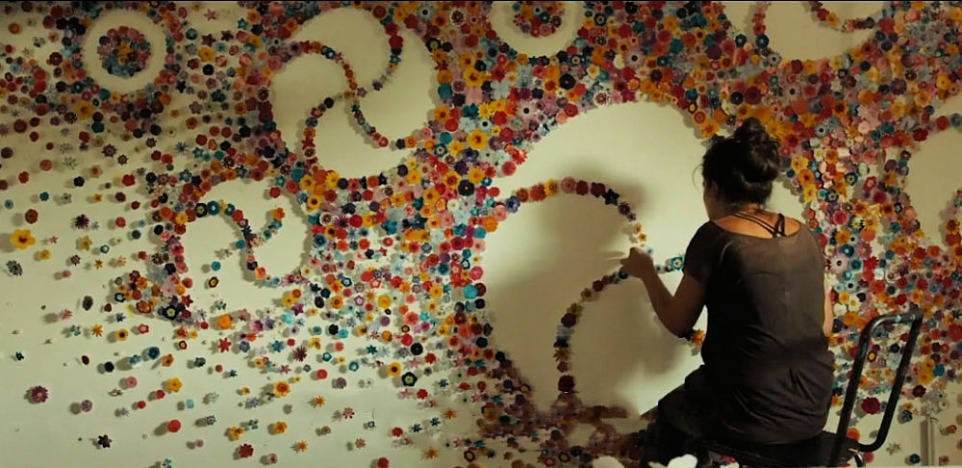In this cold commodity culture
Where you lay your money down
It's hard to even notice
That all this earth is hallowed ground . . .
The art keeps moving
Never know where it is going to land
You must stand back and let it
Keep on changing hands.
— "The Gift" by Canadian singer/songwriter Bruce Cockburn
This song and this extraordinary documentary are both based on Lewis Hyde's seminal 1983 book The Gift: Creativity and the Artist in the Modern World. It is a tribute to "the artist's labor in service of his gifts." Whereas most of us live in a world where market values prevail and commodities are all important, artists are animated by different values since they serve the life of the imagination. Hyde clarifies what that means in the introduction to the book:
"Certain spheres of life, which we care about, are not well organized by the marketplace. That includes artistic practice … also pure science, spiritual life, healing, and teaching. This book is about the alternative economy of artistic practice. For most artists, the actual working life of art does not fit well into a market economy, and this book explains why and builds out on the alternative, which is to imagine the commerce of art to be well described by gift exchange."
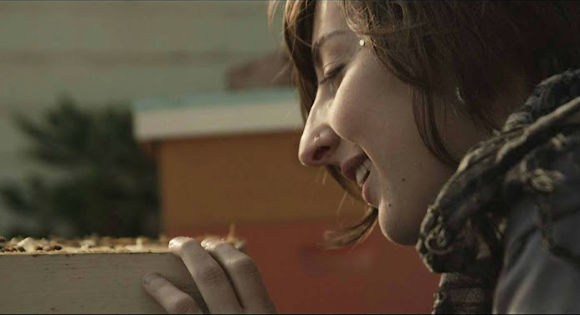
As you watch this rounded, imaginative, and diverse documentary directed by Robin McKenna, you may want to keep these other thoughts by Lewis Hyde in The Gift in mind:
INVOCATION
"An essential portion of any artist's labor is not creation so much as invocation. Part of the work cannot be made, it must be received; and we cannot have this gift except perhaps, by supplication, by courting, by creating within ourselves that 'begging bowl' to which the gift is drawn."
DONATION
"A gift that cannot be given away ceases to be a gift. The spirit of a gift is kept alive by its constant donation."
BEING MOVED
"We are only alive to the degree that we can let ourselves be moved."
GRATITUDE
"When we are moved by art we are grateful that the artist lived, grateful that he labored in the service of his gifts."
MYSTERY
"The passage into mystery always refreshes. If, when we work, we can look once a day upon the face of mystery, then our labor satisfies. We are lightened when our gifts rise from pools we cannot fathom. Then we know they are not a solitary egotism and they are inexhaustible."
Director Robin McKenna has taken on the immense challenge of translating Hyde's ideas into touching, universal, and global stories about the creative process, generosity, and sharing. Or as she has puts it in interviews, the documentary is "a remix of his book for the 21st century."
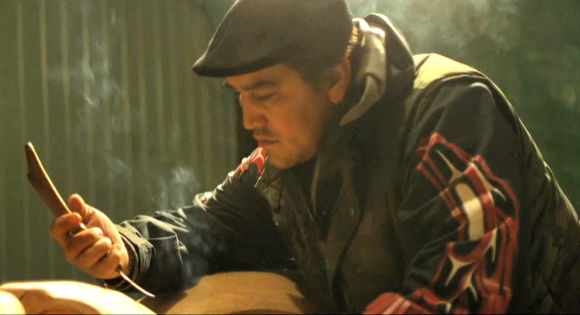
In Alert Bay, BC, McKenna spends time with Marcus Alfred, a young artist who is carving masks and planning his first potlatch in his indigenous community where tradition is held in high esteem. Instead of following the ideal which holds sway in capitalist and consumer culture where leaders are usually the ones with the most money, the spiritual practice in the potlatch is giving all you have away. Marcus says: "The more you can give, the bigger chief you are." Giving keeps the people together.
As we watched this flow of giving and generosity, we tried to imagine what would happen in all American communities if the most respected people were those who gave the most away.
The ideal of the "gift economy" plays an important role in the Burning Man gatherings which combine camping out the Nevada Desert, immersion in community, and striving to create new forms of art. In the documentary, we watch a young woman make a large mobile bee vehicle that she can use to move around the camp as she gives away her honey.
As we saw all the examples of the gift economy at Burning Man, we found ourselves hoping that it could happen in more than temporary spaces.
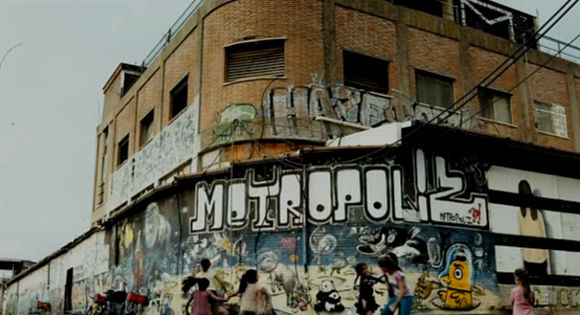
Another place where people are gathering together and forming new tribes of creativity is an abandoned factory in Rome where 200 migrants and workers are living. Artists from the community have turned this squatters camp into a museum called "Metropoliz." The people living there are protected from having their home destroyed by builders, and artists have a place to showcase their creations in the spirit of gratitude and joy. One wall painted by important artists not only brings value to the wall; it acts as a "Barricade of Art," a defense. One of the museum organizers explains that they are using the value of art to counter the value of real estate.
As we watched the residents' children playing among the art installations, we wondered how our creative capacities might have been nurtured by exposure to these gifts of art at a young age.
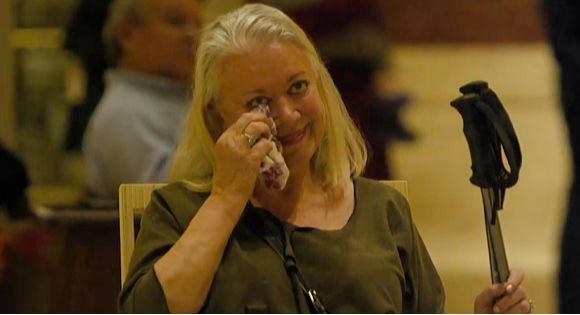
In several places in Hyde's book, he talks about being "moved by art." Artist Lee Mingwei brings singers into a museum and encourages them to approach a stranger and offer them a "gift of song." The giftee is seated before the performer who then shares a piece of music.
As we witnessed the transformative power of this gift, our eyes filled with tears. This kind of art cannot be measured or counted; it is priceless. It travels from heart to heart and keeps on moving.
